On November 2, a rally of health-care professionals took place in Moscow. It drew almost 7,000 participants.
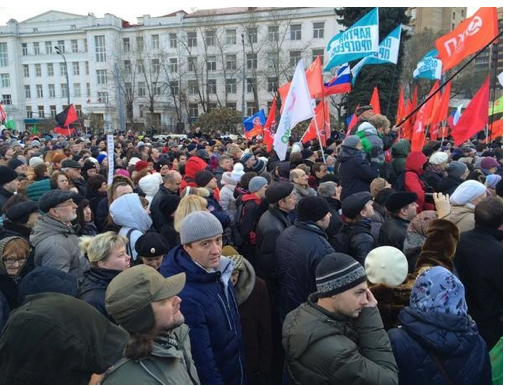
The reason for the rally was the publication of documents informing that city authorities are going to shut down 28 medical centers and fire 30 percent of the city’s medical staff within the next two years. It’s a part of a health-care reform, which officials say will boost effectiveness and improve medical services.
The health care in Russia is free, as it was in communist time, but according to Wikipedia “since the collapse of the Soviet Union, the health of the Russian population has declined considerably as a result of social, economic, and lifestyle changes.”
The terrible condition of Russian health care system is one of the most popular objects of criticism in the Russian media. Russian Internet is full of information about that condition.
Here are some photos from Russian Internet:
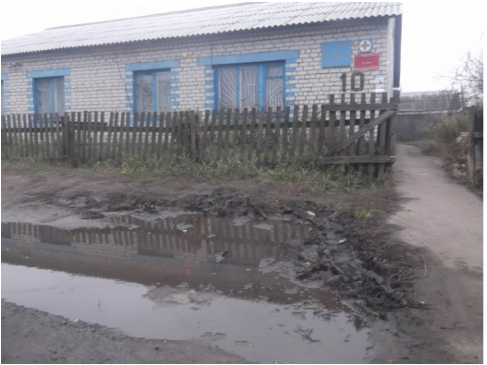
A typical medical center in Russian rural area.
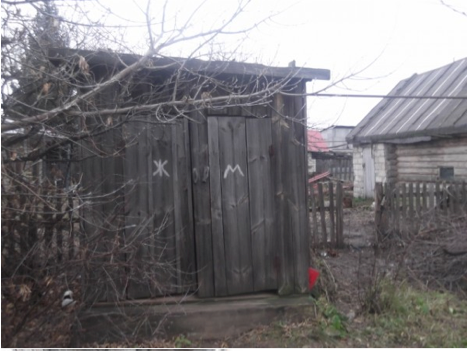
Town Mirny near Ulianovsk http://censor.net.ua/p291826
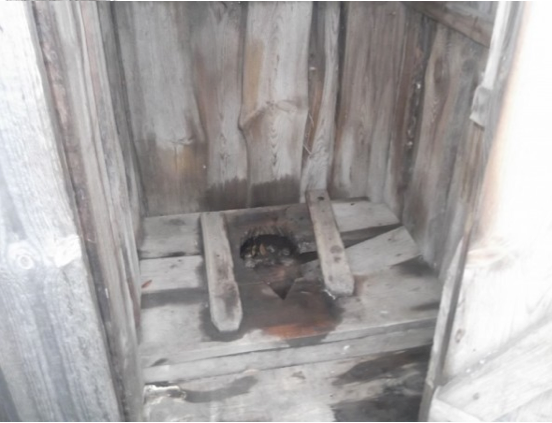
The restroom of this medical center.
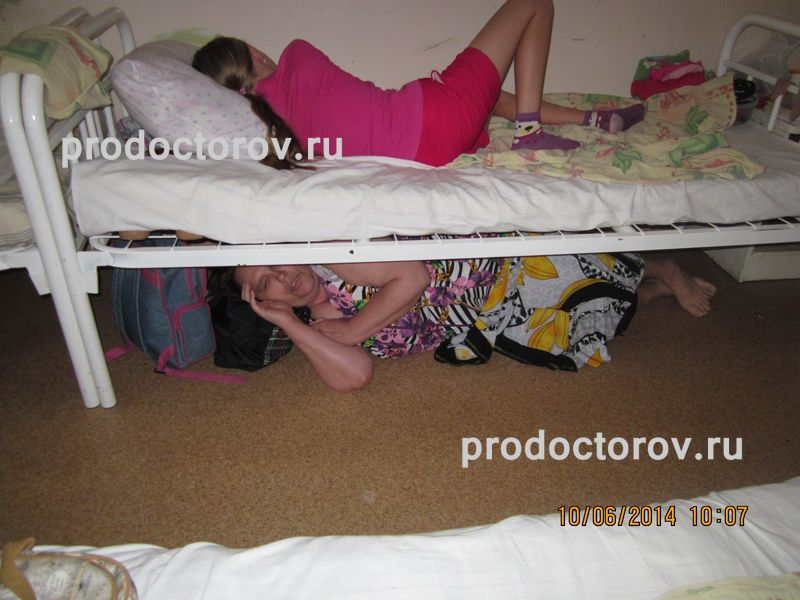
A typical children hospital (city of Astrakhan). Three children are in one small room.
Mothers stay with children and sleep on the floor. http://censor.net.ua/p291826
It is not a rare case. I’ve used one photo of many similar, which I found on Russian Internet.
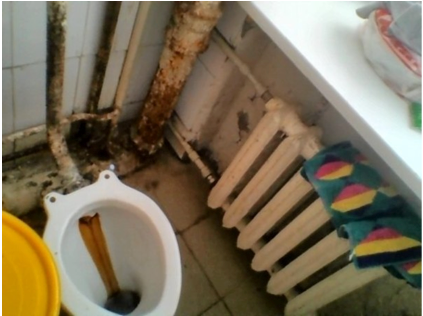
A toilet in the Hospital #2 in the city of Rybinsk.
This Hospital was officially named one of the best in Russia.
In May 2012 Vladimir Putin declared health-care reform a priority. Restructuring of the medical care system has been going on in Russia for two years, but it has intensified in recent months with cuts, layoffs, and hospital closures in full swing in Moscow and other cities.
Many Russians think that what is taking place has nothing to do with the quality of health care; the purpose is to save state money in response to sanctions over the Ukraine intervention and the fall of the price of oil.
Simon Galperin, MD said to the web site Grani.ru: “Moscow’s restructuring plan for health care lays the path for its complete destruction”.
Galperin, as were most of other fired doctors, was offered a job as an orderly. He agreed.

Simon Galperin
Galperin is typical Russian MD. His salary was 60,000 rubles a month ($2,000 by rate which existed before Ukrainian war. By today rate it is a little bit more then $1,000)
An orderly’s salary is 11,000 rubles a month (by today rate it is about $230).
Food prices in Moscow are similar to American or higher.
Galperin stresses the fact that most of the closed hospitals were those that occupied the most valuable real estate. He said:
“The State does not need such assets as hospitals. They do not bring money. It is better to rent these buildings. And who cares that the population is left without medical assistance? We have too many people. Excess of hospitals and excess of population. They are to be reduced in parallel.”
Here are some photos of November 2 Moscow rally:
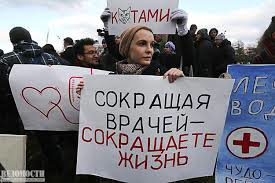
Banner: “Firing doctors, you are shortening life”
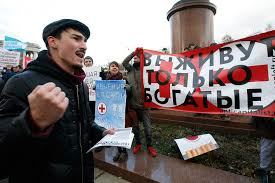
Banner: “Only rich will survive”
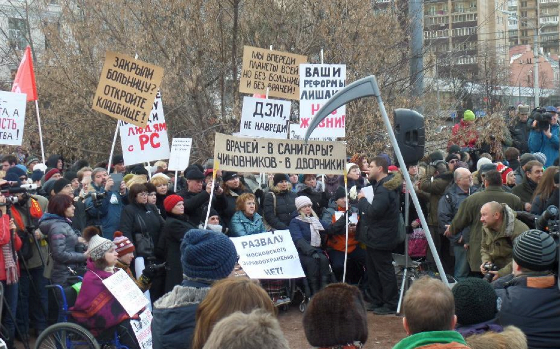
Banners: “You closed hospital? Open cemetery!”
“Your reforms kill us!”
“Doctors into orderlies? Officials into janitors!”
This October the report of the Association of Medical Societies in Quality of Care was published in Russia.
The title of the report is “Fulfillment of Russian Health Care Budget for 2015-2017 means half a million additional deaths”. The report states: “If reducing of Russian hospitals continue, the overall mortality rate [index, which measures the level of mortality, regardless of its number] will rise from 13.1 (as of 2013) to 13.9 (forecast for 2017), resulting in 526,000 additional deaths.”

